Matsuo Basho, from the Narrow Road to the Deep North

Image by Kuniharu Shimizu
Introduction
The purpose of including this work is to help us go beyond the American stereotype of the haiku as a short fortune-cookie verse. Basho admired a style of 15th century Japanese poetry-writing where poets would collaborate to produce a “chain” poem. One poet would write the first 17-syllable verse, called a hokku, and then another would respond, adding on to the chain.
This type of poetry is based on Buddhism’s concept of the impermanence of life. Life is unpredictable and ruptures occur unexpectedly, just as they do in this chain of verse. As each poet responds to the hokku by writing a haiku in the chain, they continue the conversation. Each verse can stand alone or work as part of the poetic chain.
At the time this text was composed, Japanese poets began to write “hokku” which were merely the first stanza of a linked poem that someone else was free to respond to. These were distinguished from the later 19th century verse called “haiku” which were 17-syllable verses that stood alone.
Basho was writing before the modern concept of “haiku” as a verse standing alone existed. When he wrote a hokku, it was usually with the intention of it beginning a chain poem later. His poetry is characterized by the kind of lightheartedness which we still associate with haiku today. Basho’s verses strove to make an observation about Nature or the condition of being human.
Basho’s prose narrative links his hokku as a complete work. Each verse can stand alone, but taken as a whole, we get a sense of “journey” as the pilgrims progress through history, space, and spirituality in search of “the interior,” which in this case means both inner enlightenment, and their various destinations.
Translation and Haiga art by Kuniharu Shimizu
Kunihau Shimizu was born in Tenri, Nara, Japan in 1949, and moved to Hawaii at the age of 15. He returned to Japan in 1972 upon receiving his Bachelor of Fine Arts in painting from the University of Hawaii. He continues to successfully pursue his creative efforts in the arts, which include graphic, editorial, and monument design as well as exhibition planning. In 2000, he started the website project See Haiku Here. This is a worldwide exhibition of Haiga (illustrated haiku) accomplished through the collaborative efforts of over 260 international haijin. He writes haibun which is haiku and prose together, and also short stories, one of which appeared on Red Leaves, a bilingual literary book published in Australia.
See his blog here https:
https://seehaikuhere2.blogspot.com/
English Translation of the Narrow Road to the Deep North Text
Tim Chilcott has maintained a lifetime interest in English Romantic literature, particularly the work of the poet John Clare, about whom he has written extensively, in books, articles, and reviews. His other major interest is literary translation, and his web-site tclt.org.uk, which was created in 2003, currently contains some twenty translations of classics in ,world literature. Three or four translations are added each year. The version of Basho’s Narrow Road to the Far North presented in this e-book first appeared in 2004, and was supplemented by a translation of two hundred haikus by Basho in 2008. All of this material is freely accessible to readers at tclt.org.uk.
Before his retirement from the academic world, Tim Chilcott was Dean of Arts and Humanities at the University of Chichester, England. In retirement, he has been able to devote time to continuing interests in music, photography, and gardening.
The Narrow Road to the Deep North
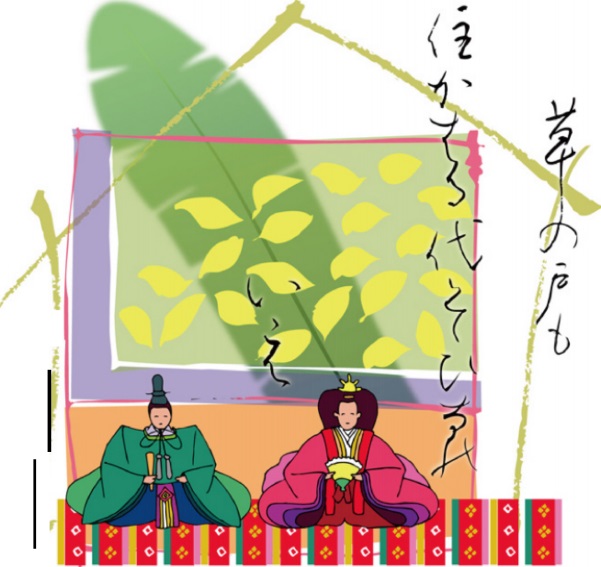
even this grass hut
could for the new owner be
a festive house of dolls!
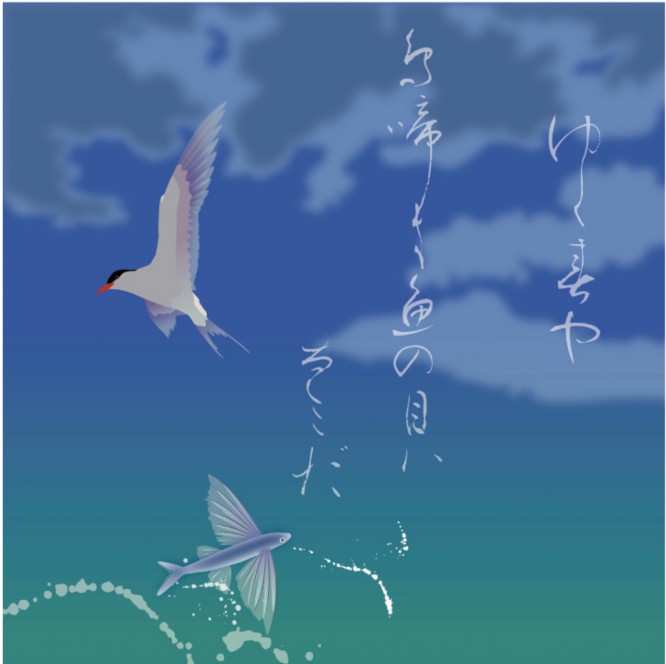
the spring is passing –
the birds all mourn and fishes’
eyes are wet with tears
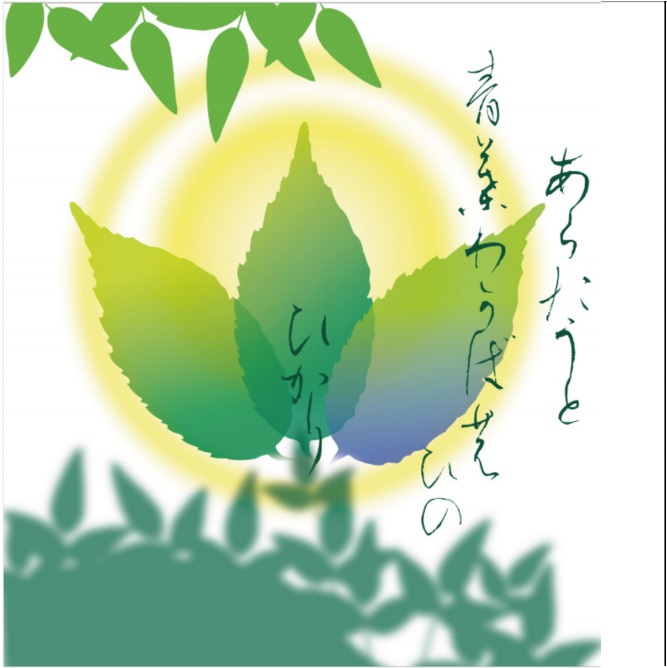
how holy a place …
green leves, young leaves, and through them
the sunlight now bursts
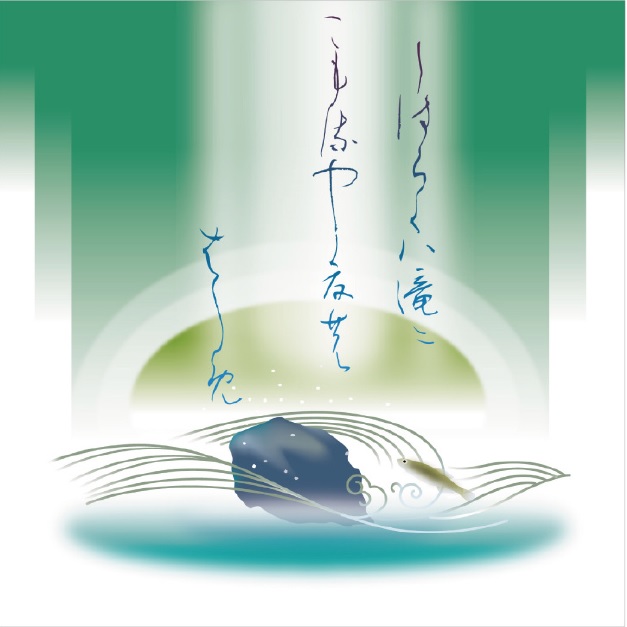
alone behind the
waterfall a little while –
now summer retreat
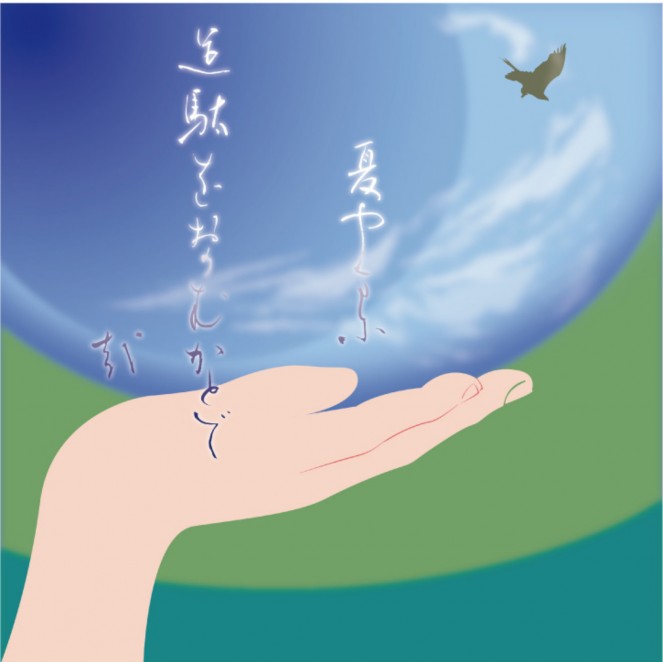
in summer mounts
we say prayers before the shoes …
journey now begins
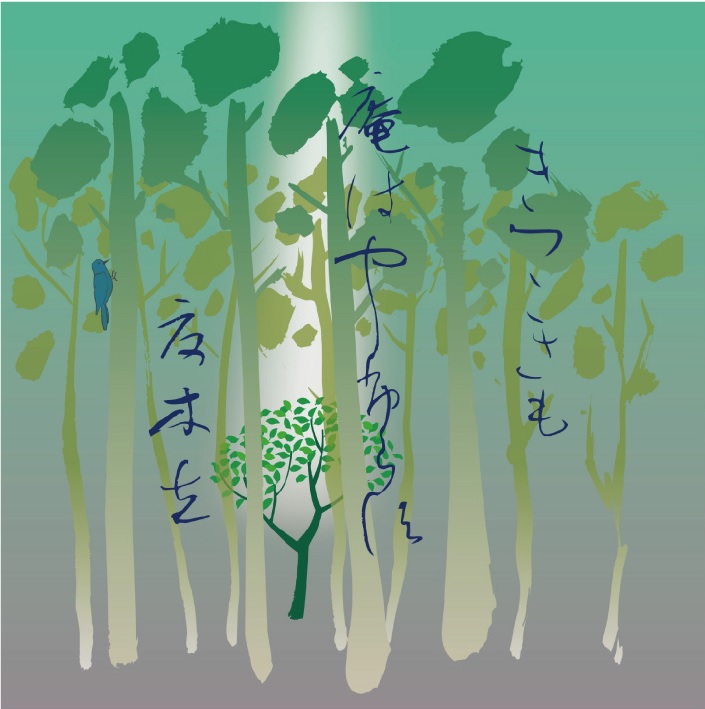
even woodpeckers
leave the hermitage untouched
in the summer trees
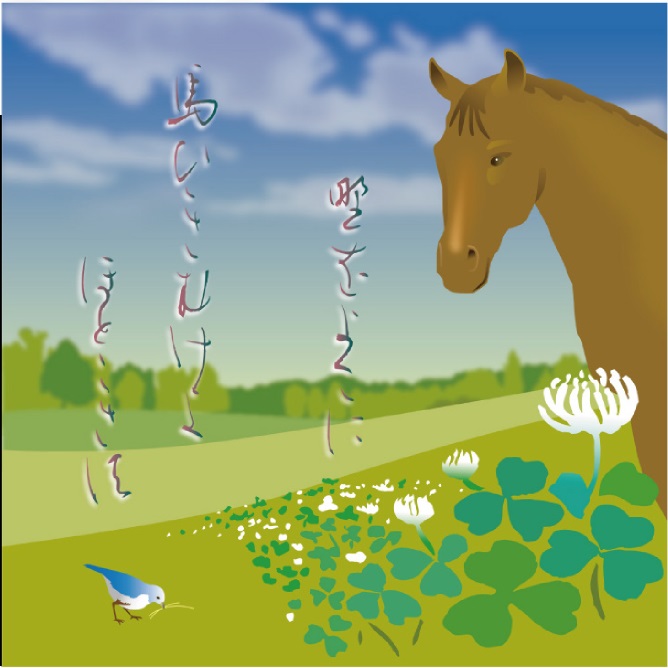
turn the horse’s head
towards the plain; pull there now!
a cuckoo’s calling.
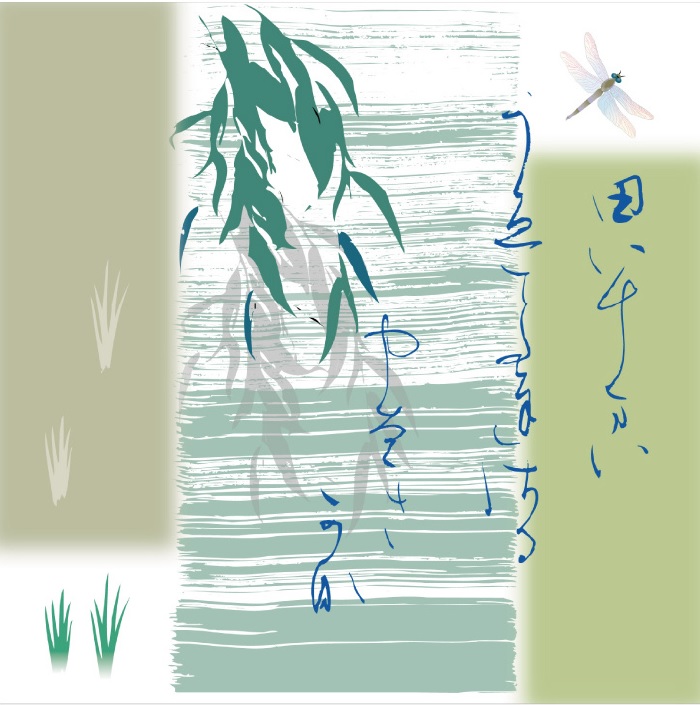
one whole field of rice
had all been sown – before I
left the willow-tree
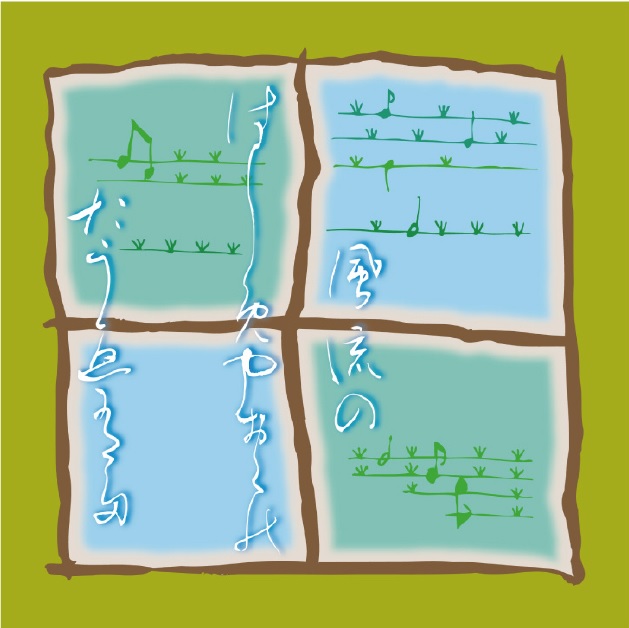
imagination’s
birth! a song for planting rice
in the deep far north
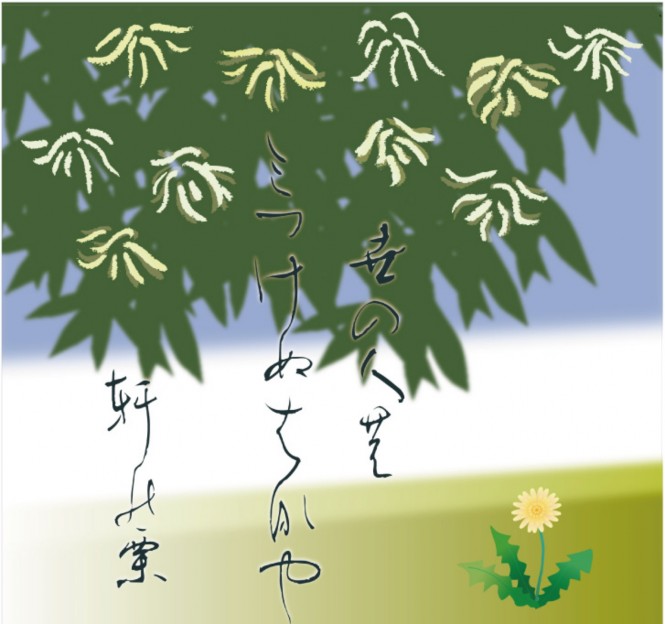
people in the world
hardly notice these blossoms –
chestnuts by the eaves
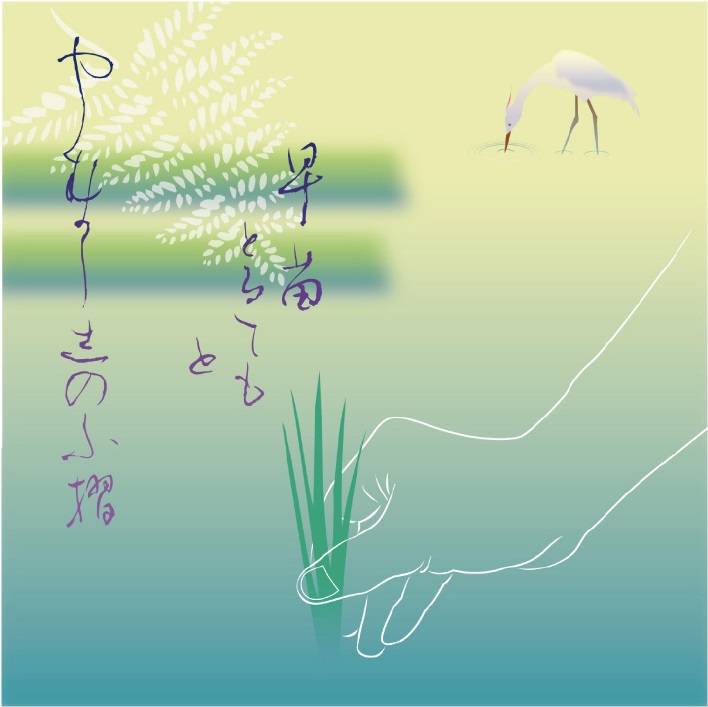
hands planting seedlings
were hands once rubbing patterns
with ferns, long ago
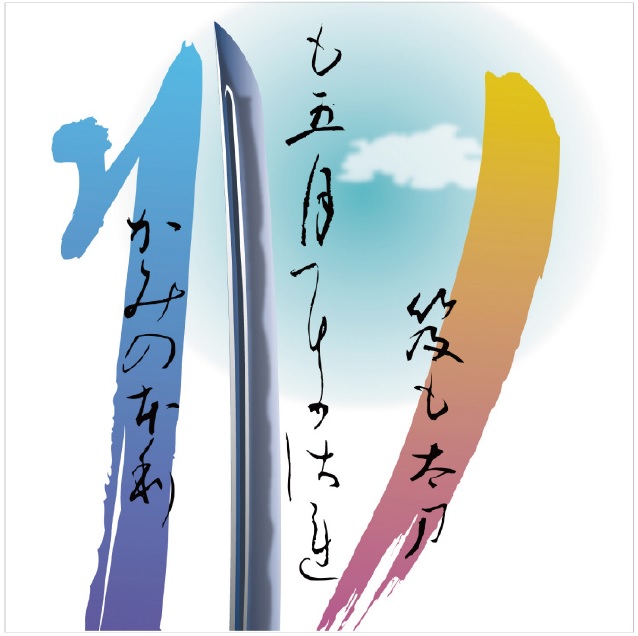
both sword and satchel
shown for Boys’ Festive Day, when
paper banners fly
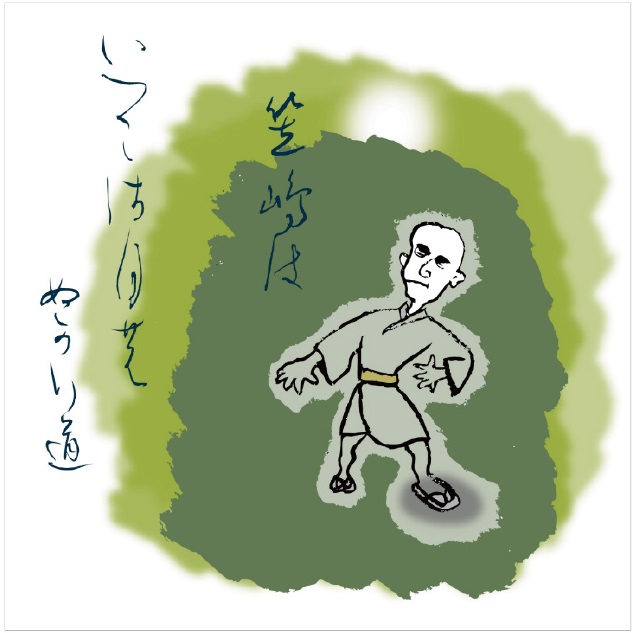
so whereabouts is
Rain-Hat isle? how far along
muddy roads of June
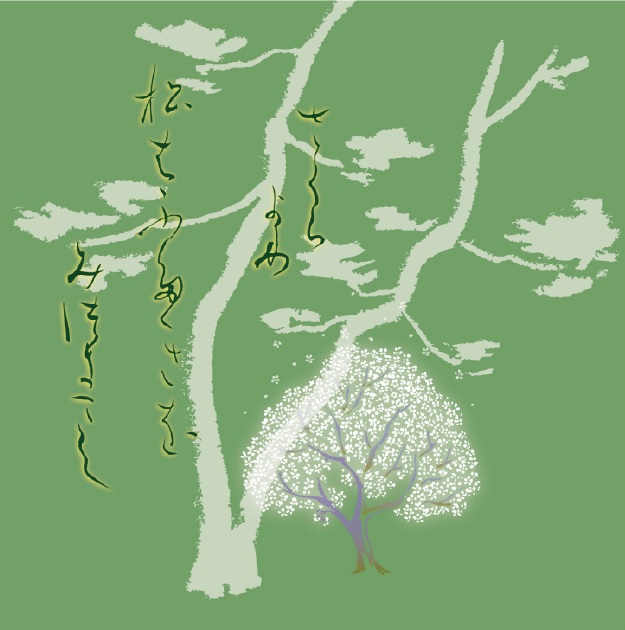
since the cherries bloomed
I’ ve longed to see the twin pine …
three long months have passed
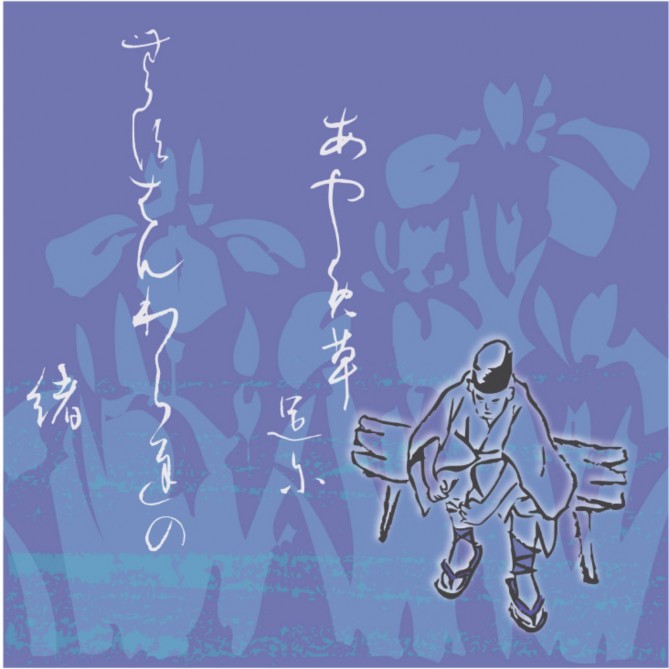
I will bind iris
blossoms round about my feet –
straps for my sandals
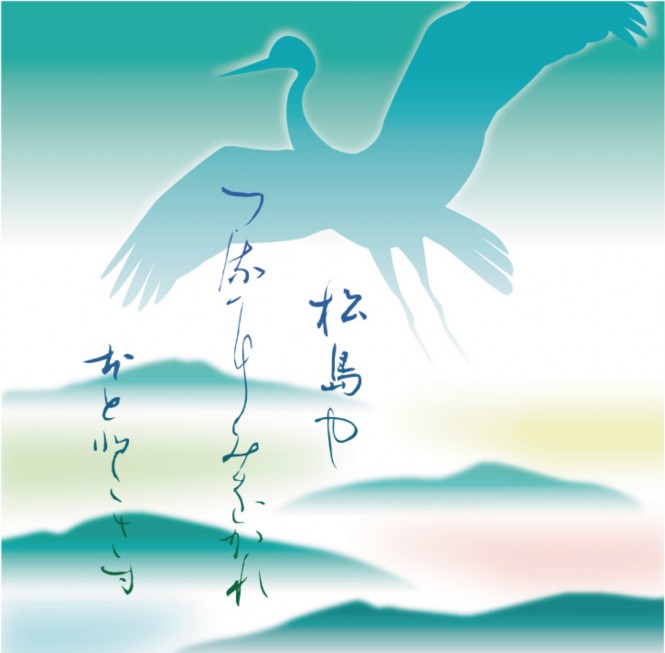
Matsushima, oh …
you will need cranes’ wings to fly
little cuckoo bird (Sora)
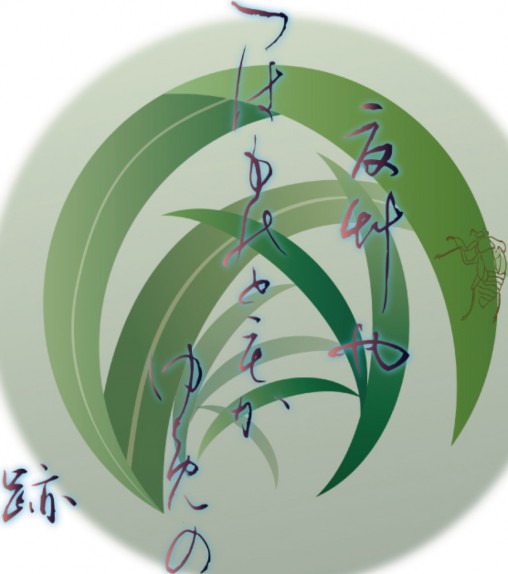
mounds of summer grass –
the place where noble soliders
one time dreamed a dream
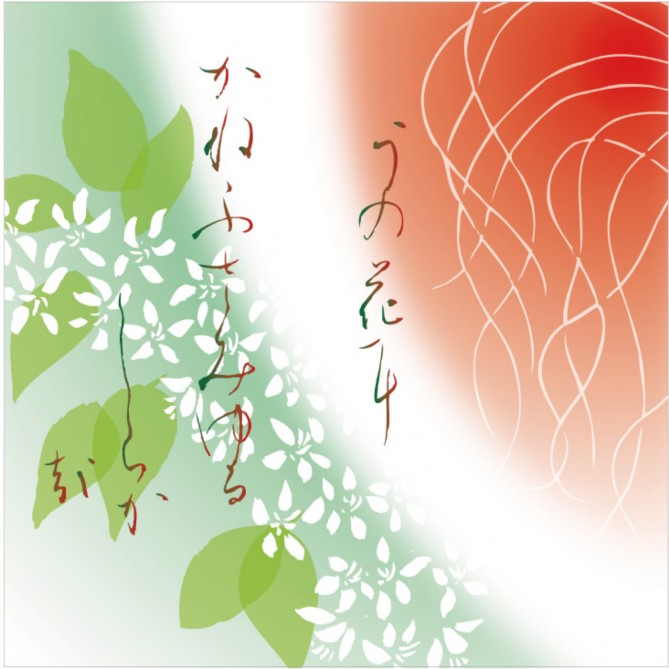
in deutzia flowers
Kanefusa seems to me –
oh, such white, white hair (Sora)
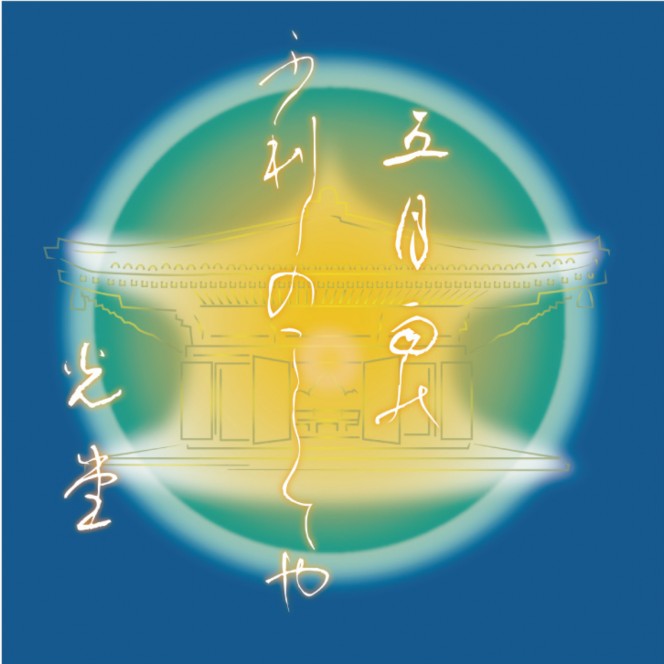
so the rains of spring
fall and fall, yet leave untouched
this bright Hall of Gold
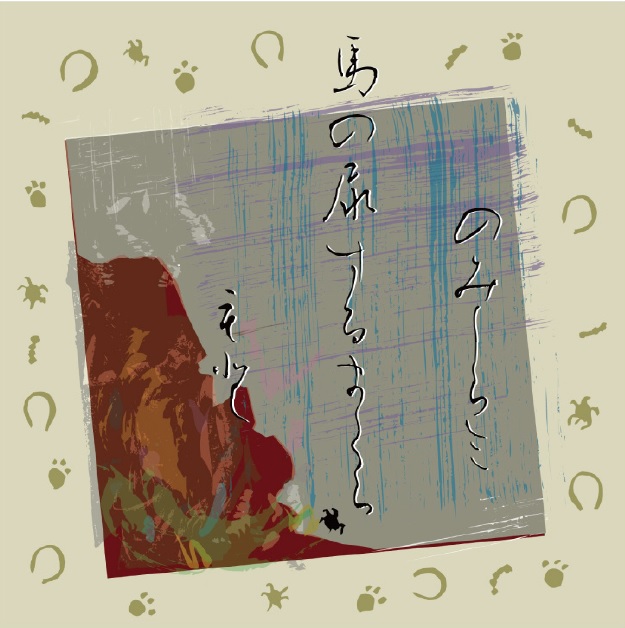
fleas and lice all around –
and now a horse that piddles
right by my pillow
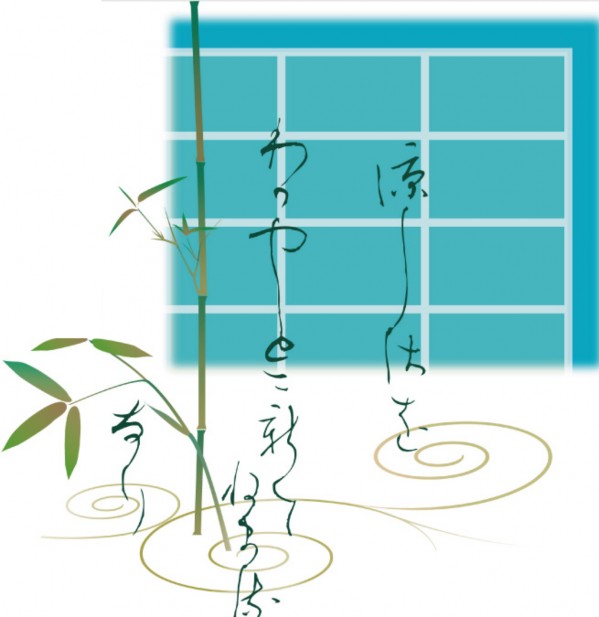
the lovely coolness
of this lodging – I sit here
wholly at my ease
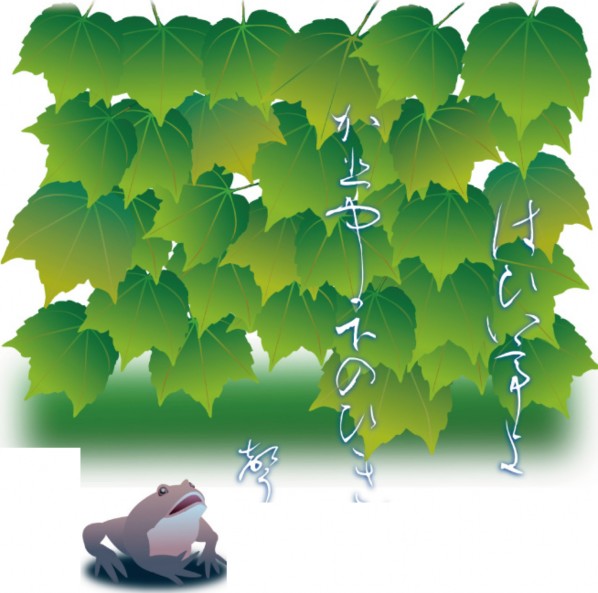
Come on, crawl out now!
beneath the silkworm nursery
croaking of a toad
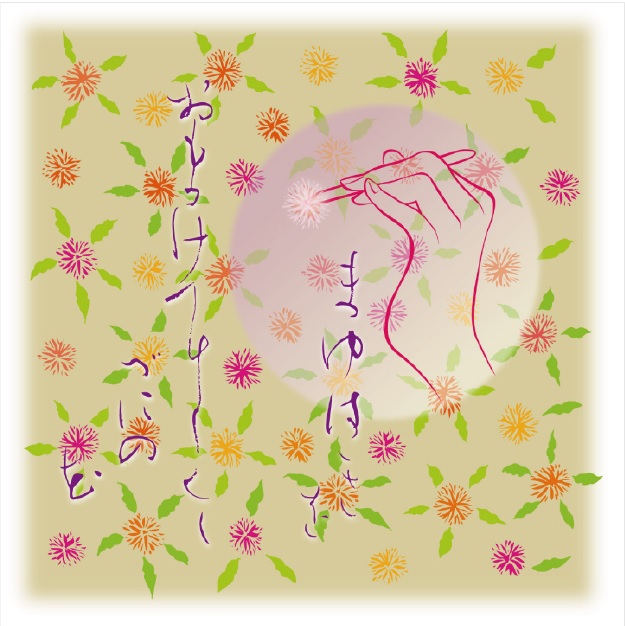
so they bring to mind
a lady’s small eyebrow brush –
these saffron blossoms
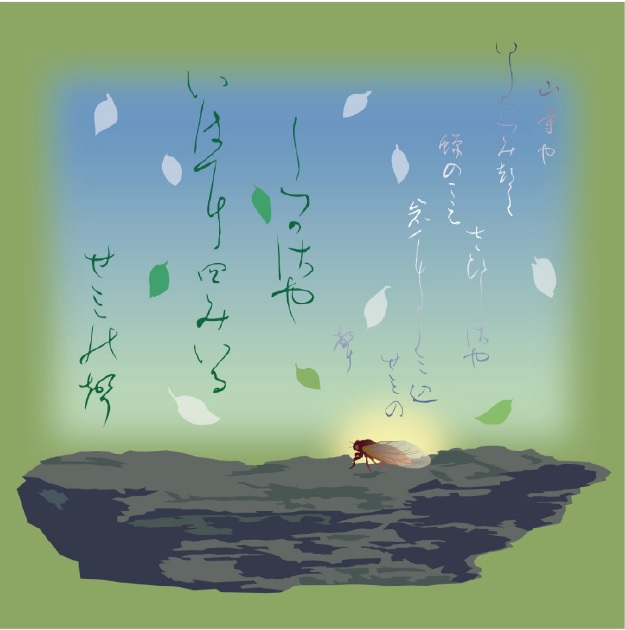
the utter slience …
cutting through the very stone
a cicada’ s rasp
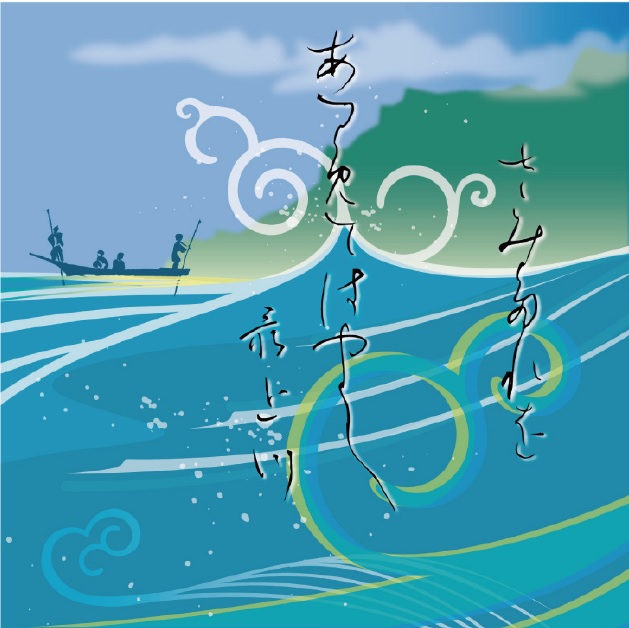
gathering the rains
of summer, how swift it is –
Mogami River
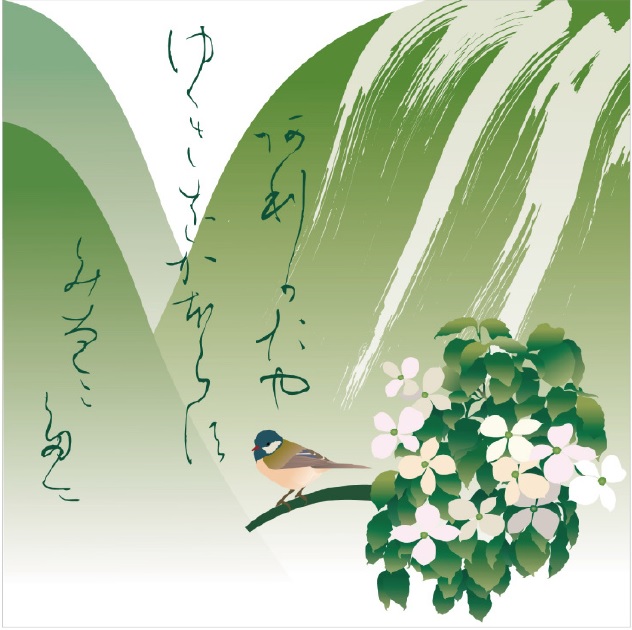
oh what sweet delight …
the cool fragrances of snow
in southern valley
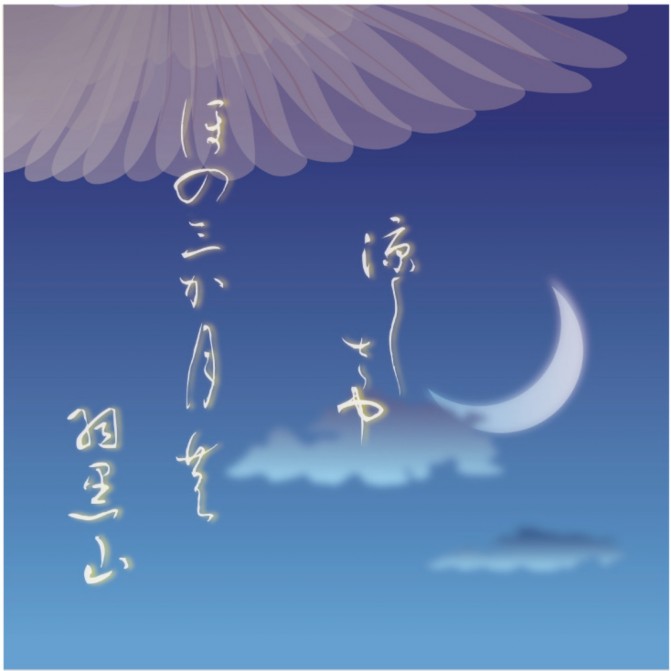
such lovely coolness…
palely now the crescent moon
on Mount Haguro
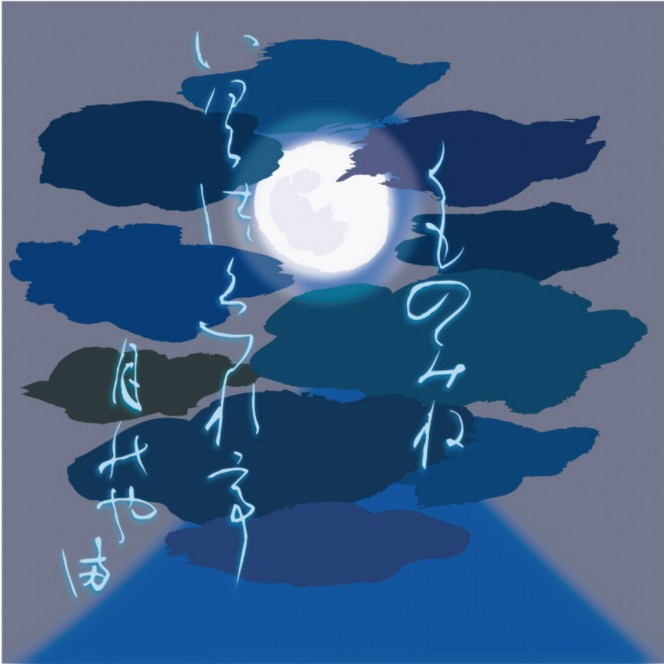
how many cloud peaks
have come tumbling down upon
the moon’s own mountain
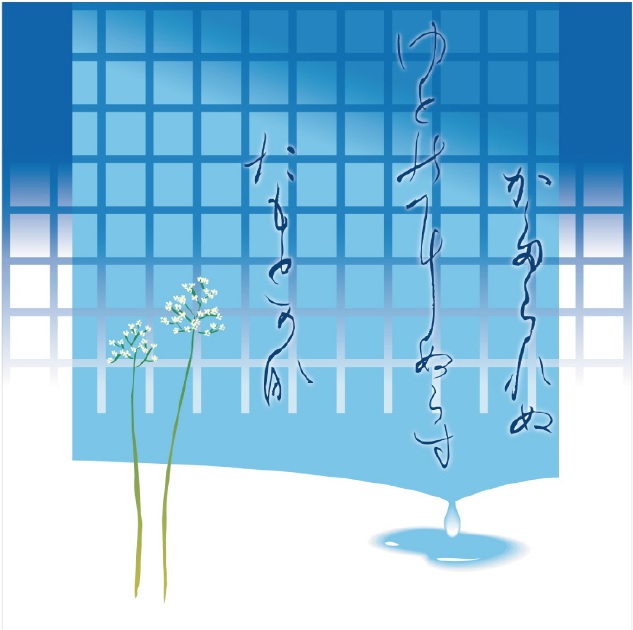
I cannot speak of
Mount Yudono – yet see how
wet my sleeve is now
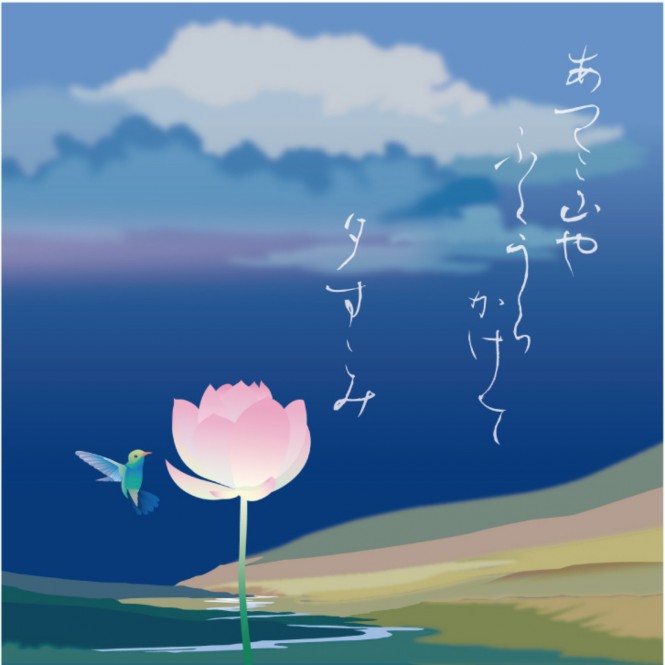
from Hot Springs Mountain
all the way to Windy Bay –
the cool of evening
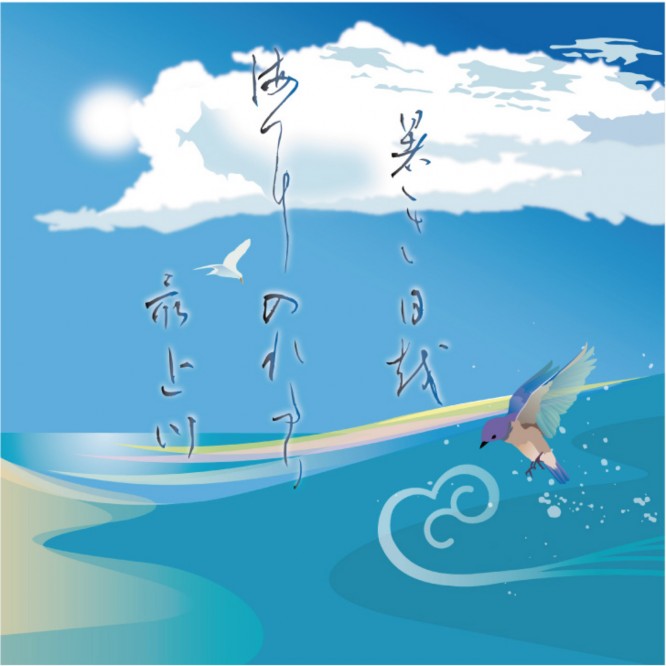
the blistering sun
is gathered in the sea by
Mogami River
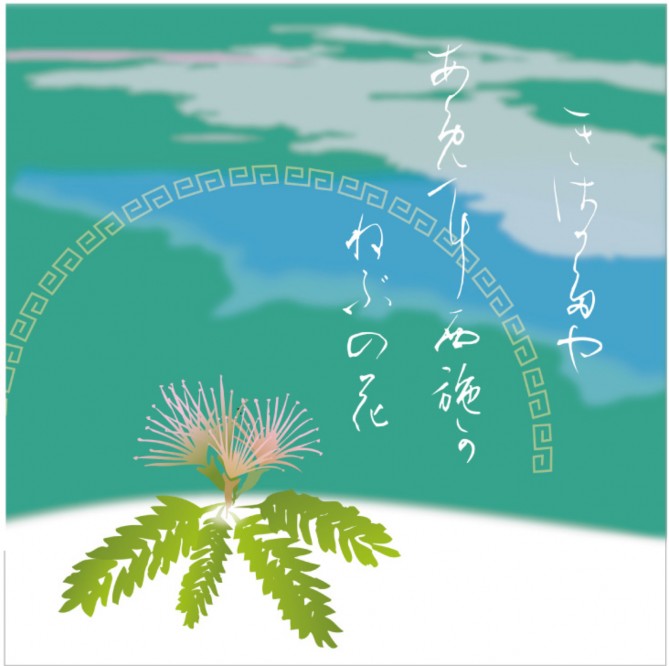
Kisakata rain –
Seishi lying all asleep with
wet mimosa flowers
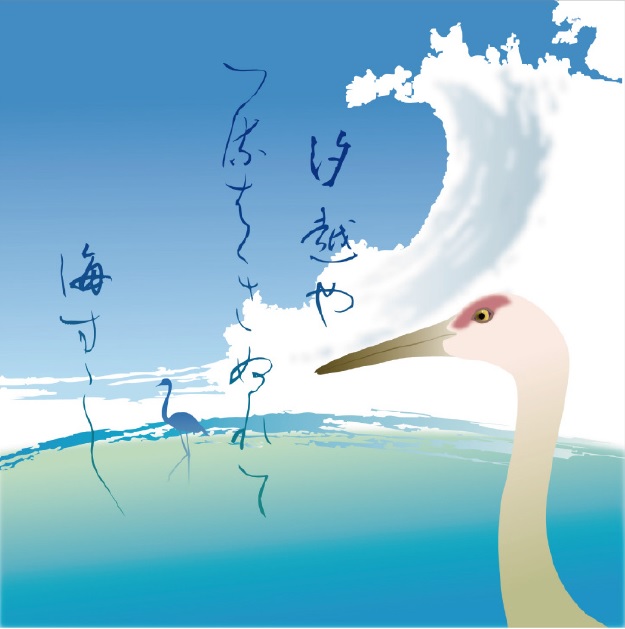
crossing of the tides …
a crane, its long legs splashing –
ah how cool the sea
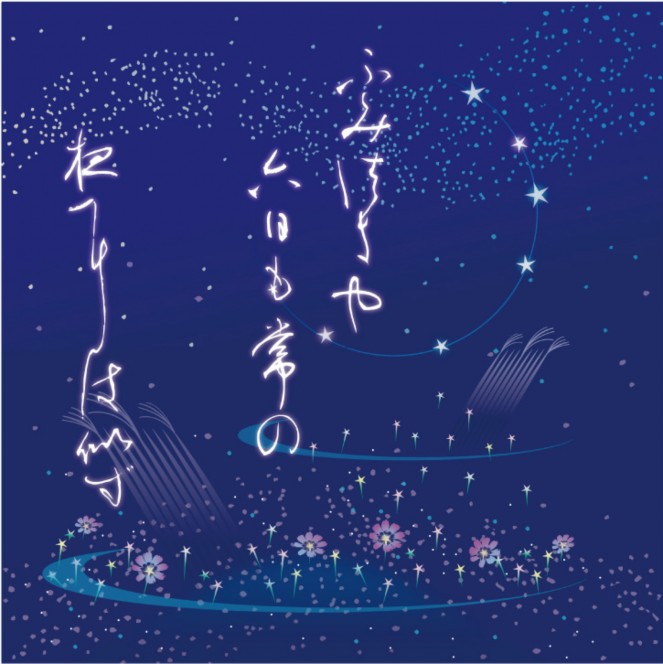
so in the seventh month
the sixth day does not bring in
a usual night
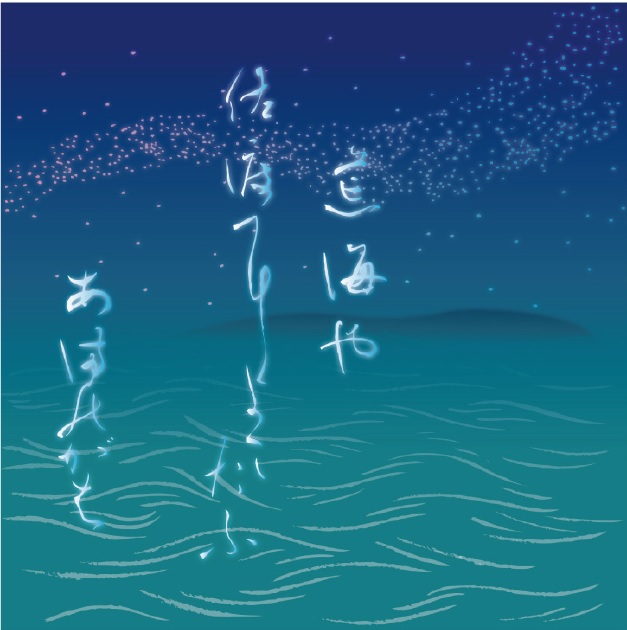
billow-crested seas!
flowing towards Sado Isle
heaven’ s Milky Way
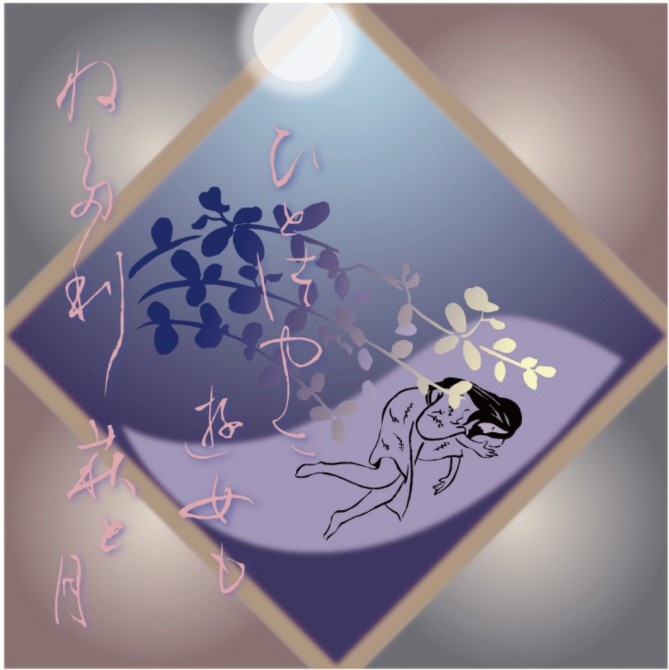
beneath this same roof
prostitues were sleeping too –
clover and the moon
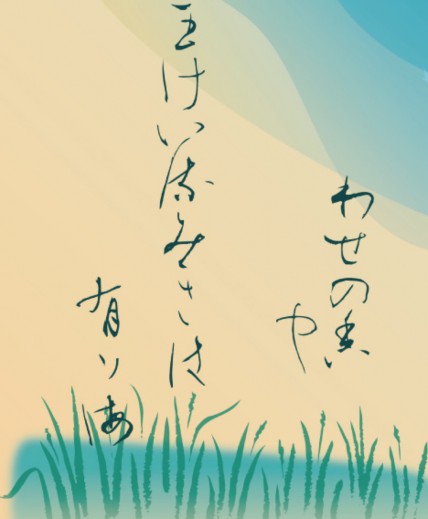
scent of early rice –
to the right, as we push through,
the Ariso Sea
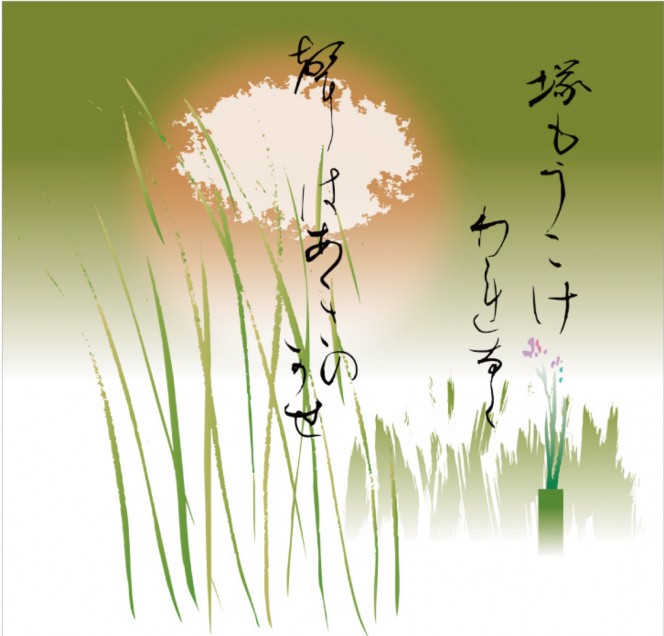
the gravemound show move!
my crying voice is echoed
in the autumn wind
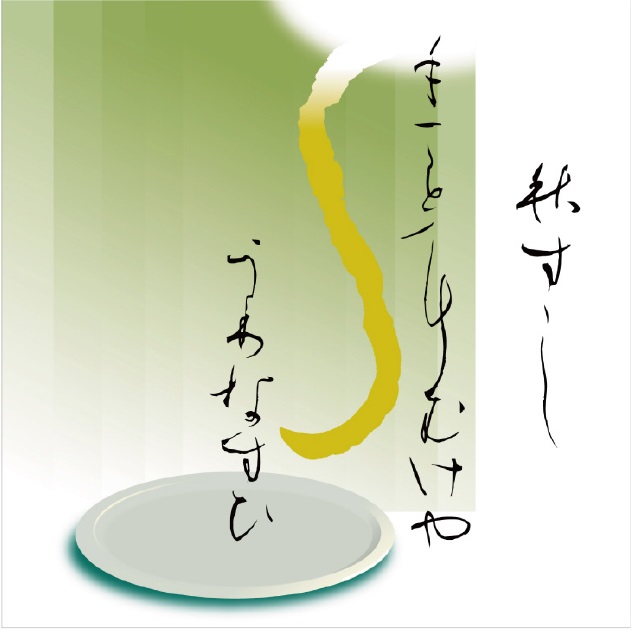
the cool of autumn –
our hands are busy peeling
melon and eggplant
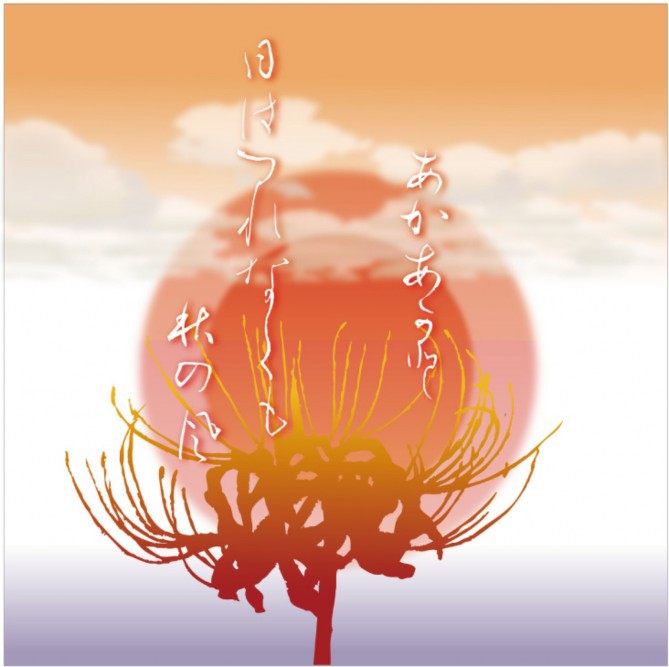
the red, blazing red,
of the pitiless sun – yet
autumn in the wind
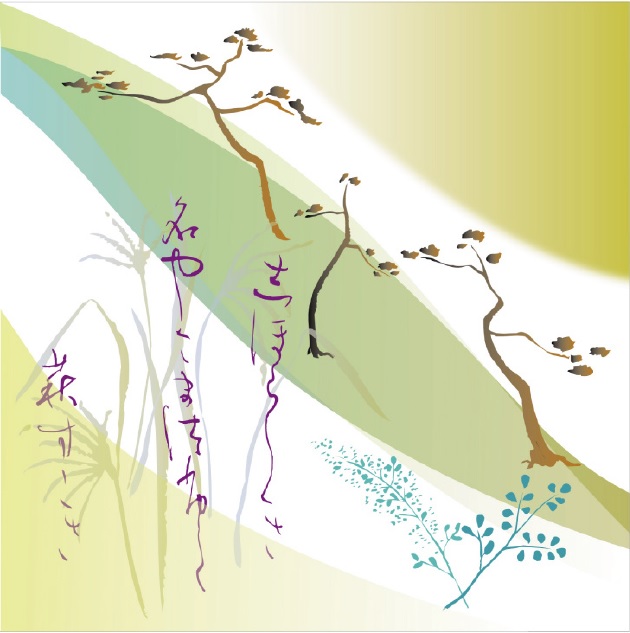
what a lovely name!
the wind blows through young pines, bush
clover, pampas grass
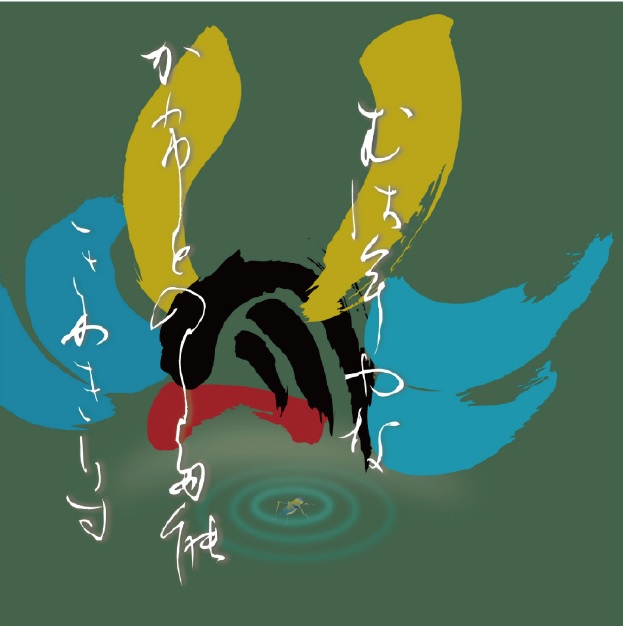
the pity of it …
trapped underneath a helmet
a cricket chirping
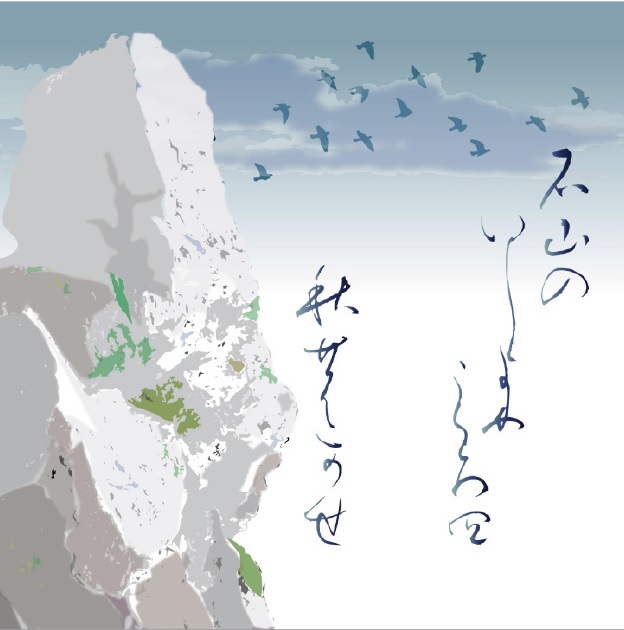
whiter far than all
the stones of Ishiyama –
the autumnal wind
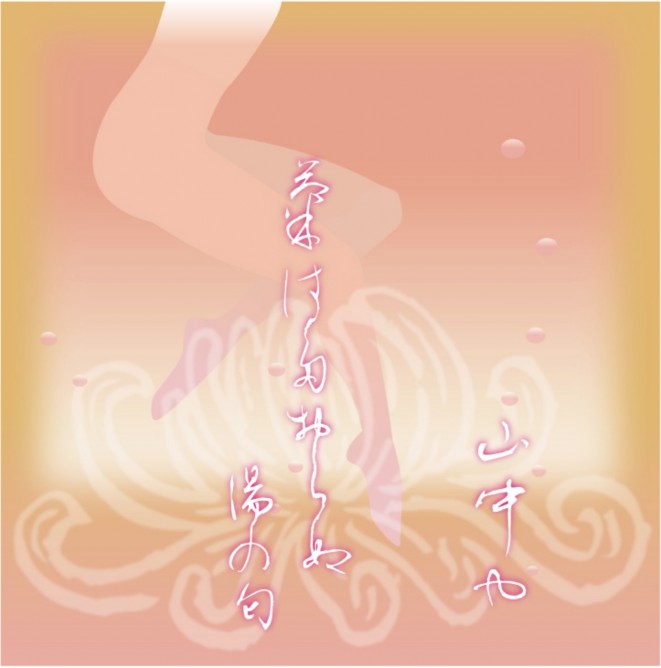
at Yamanaka,
no need for chrysanthemums –
the scent of hot springs
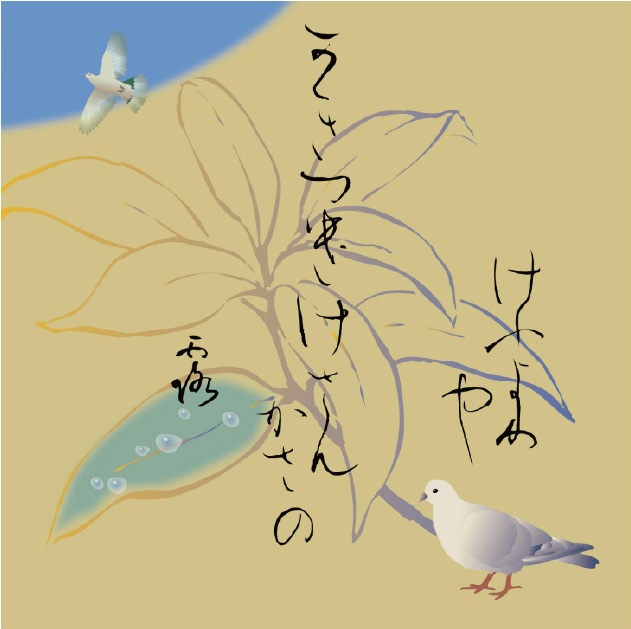
from this day the words
inside my hat will vanish
with the dew of tears
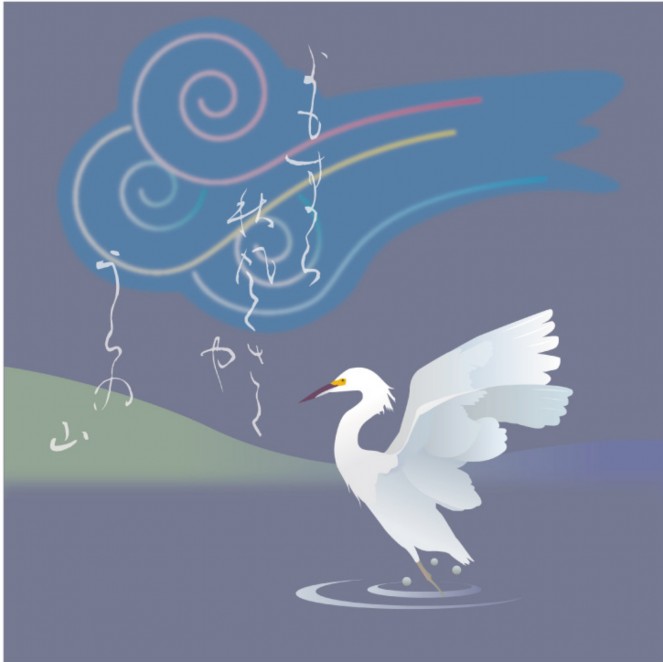
throughout the long night
listening to the autumn wind
in the hills behind
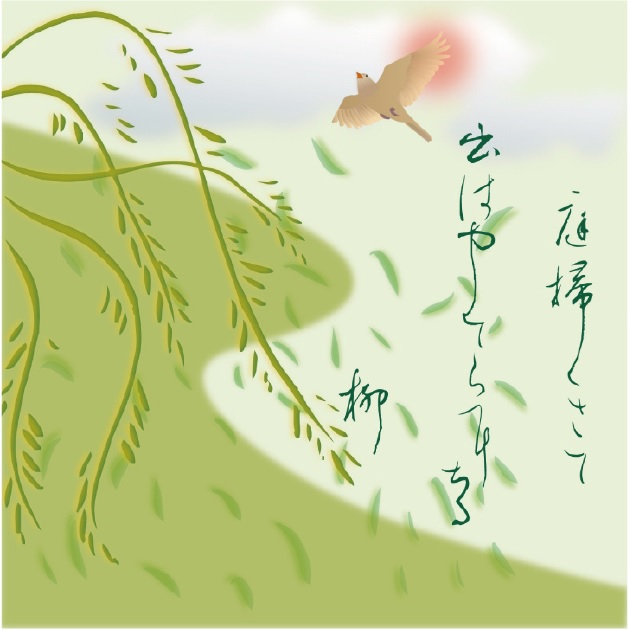
let’ s sweep the garden
then set out – in the temple
the willow leaves fall
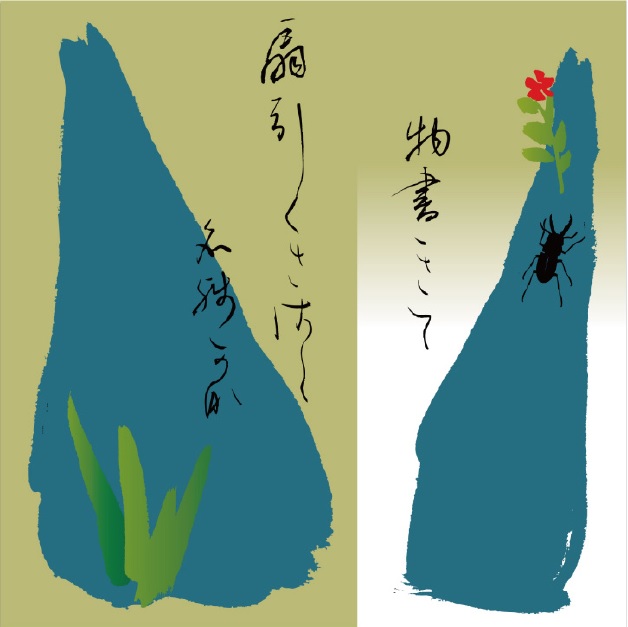
I’ve scribbed words, but
how to tear the fan apart –
goodbyes are so hard
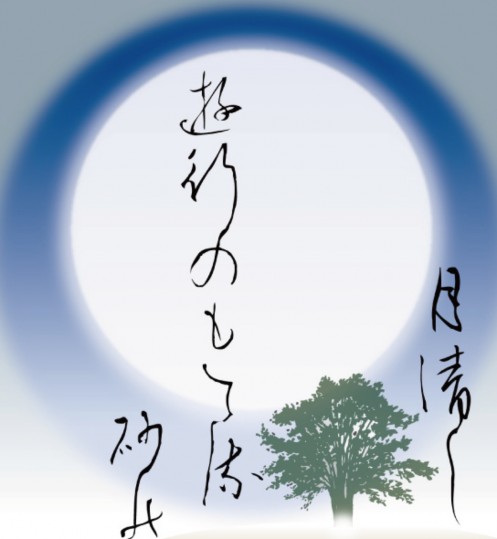
pure light of the moon
glistening on the grains of sand
brought by the pilgrims
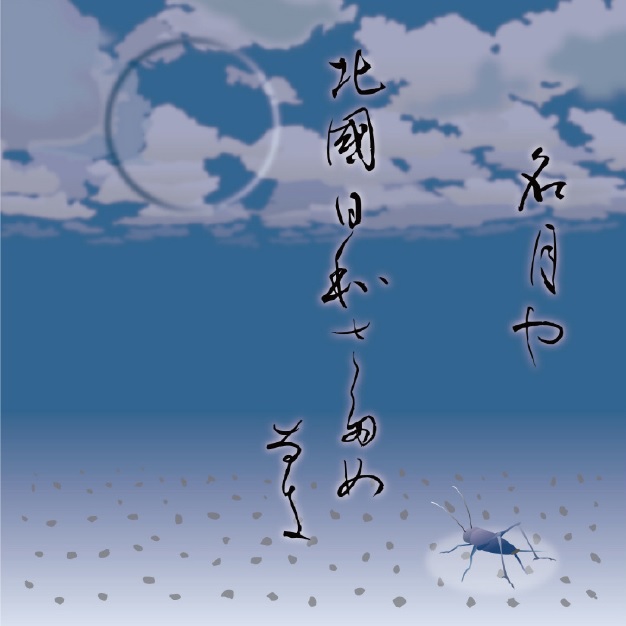
night of the full moon!
the weather in the north land
so often changes
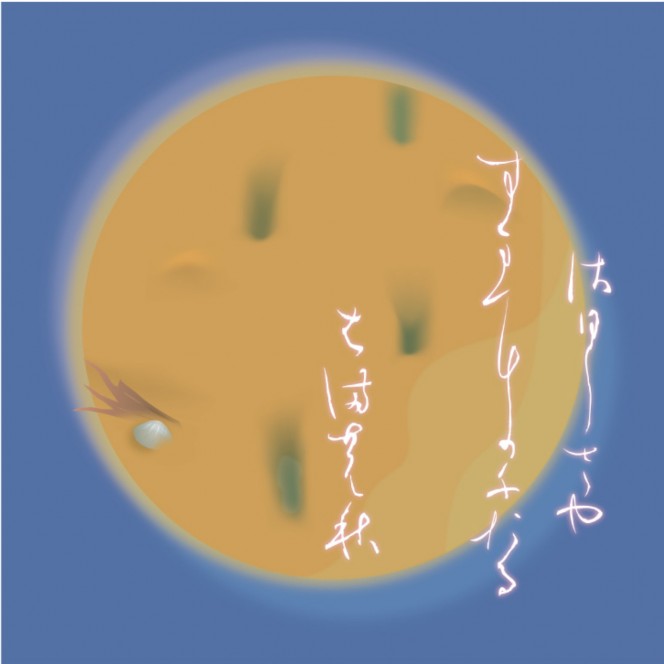
oh what loneliness …
more desolate than Suma
this beach in autumn
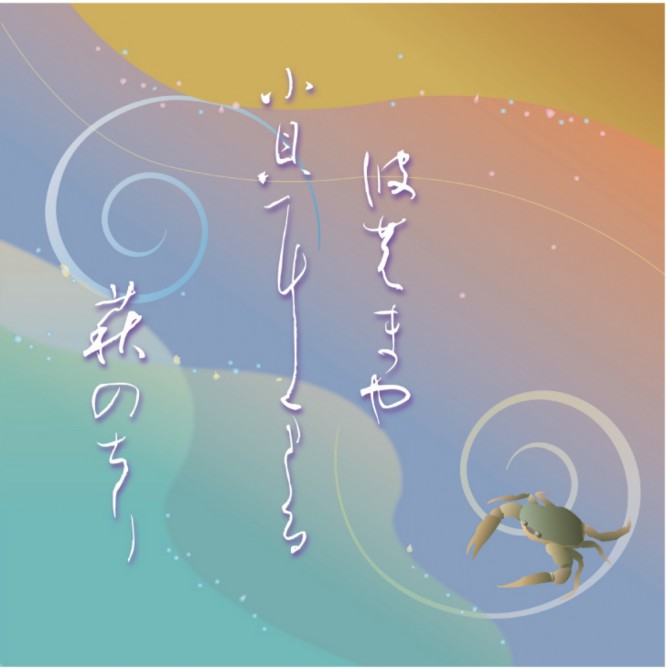
between each wave-break …
mixed with small shells, the debris
of bush-clover flowers
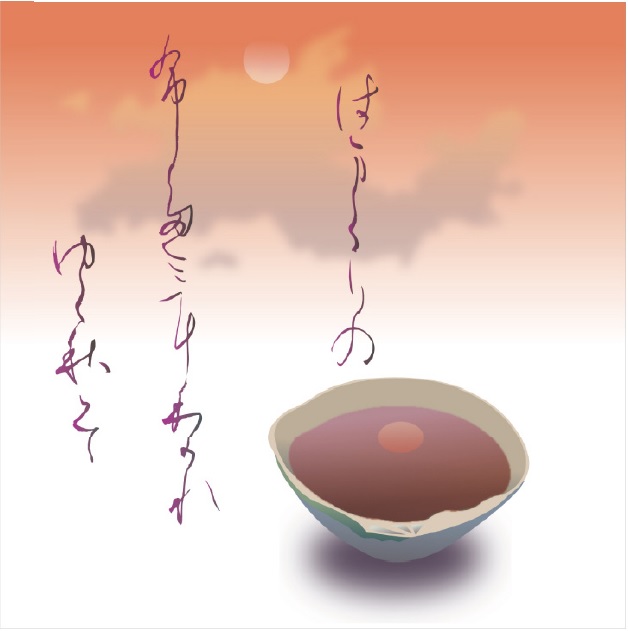
so, to Futami,
like a clam ripped from its shell …
autumn’ s deepening now
English Translation of the Narrow Road to the Deep North Text Access
This text is available for free at Tim Chilcott’s website
Source:
Shimizu Kuniharu’s The Narrow Road to the Deep North. 2011. Project Gutenberg. Web. Reproduced with permission under a Creative Commons 4.0 Attribution License. http://self.gutenberg.org/wplbn0002118087-the-narrow-road-to-the-deep-north-by-kuniharu-shimizu.aspx

